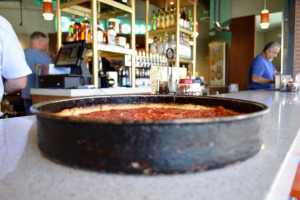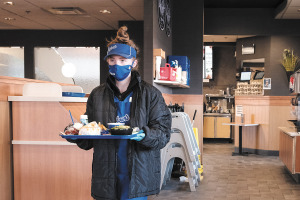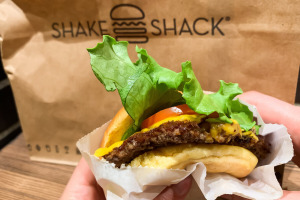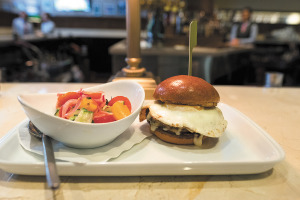
Chicago-style pizza chain Lou Malnati’s confirms 86th Street location
The 86th Street location, the chain’s second Indianapolis-area store, is set to open this spring. Lou Malnati’s confirmed the location last year but until now had not specified when it planned to open.











